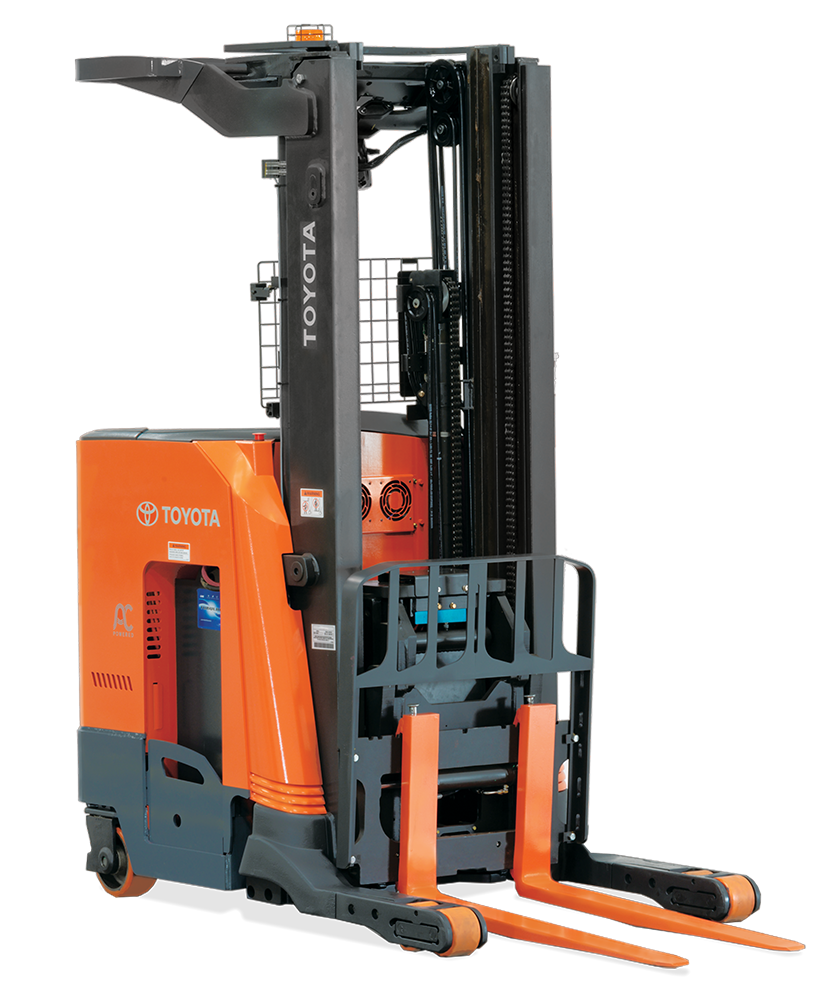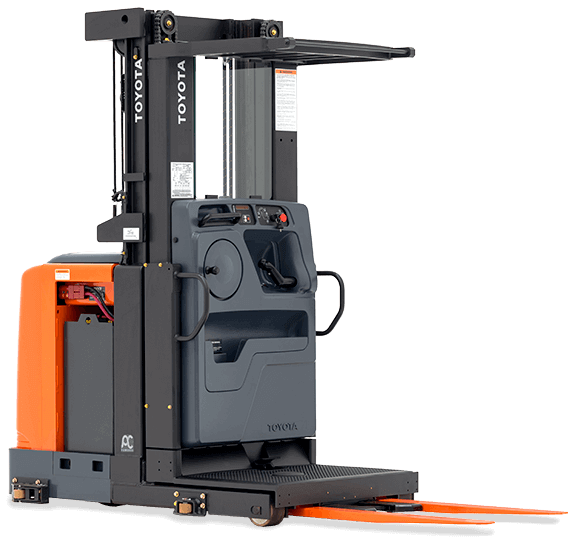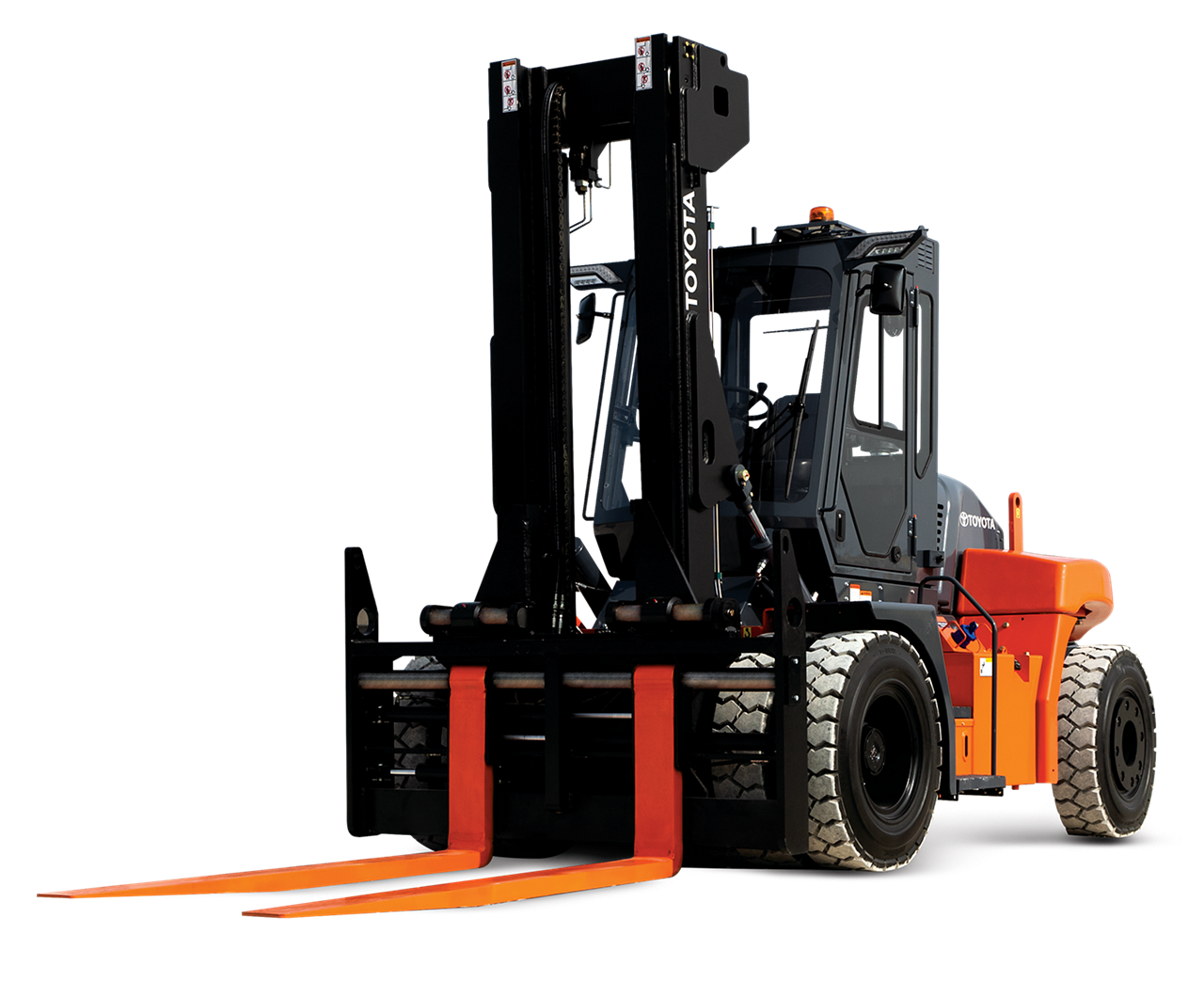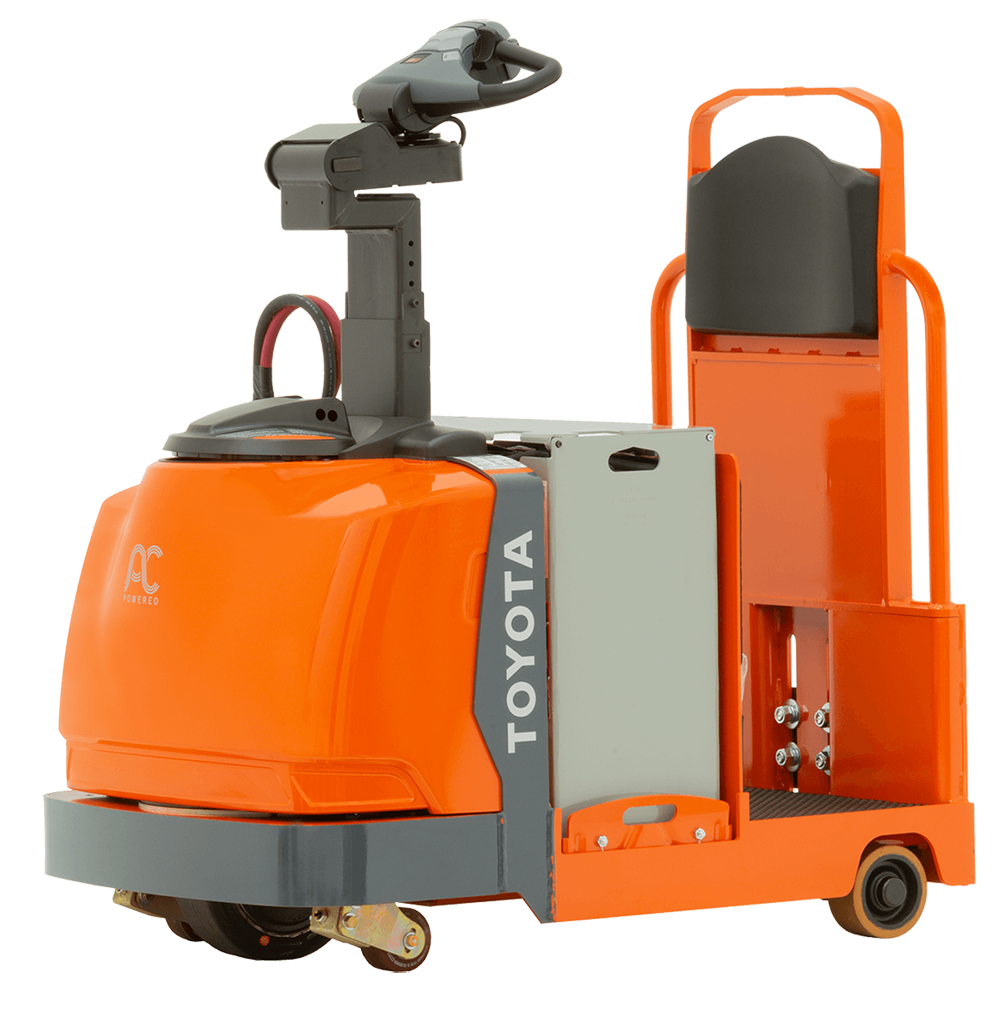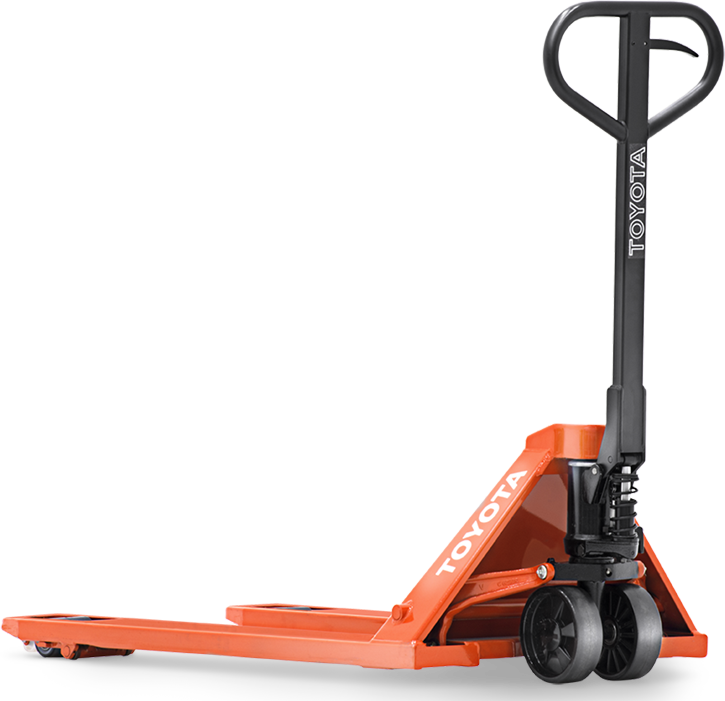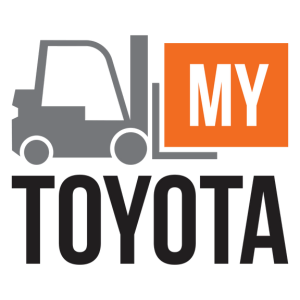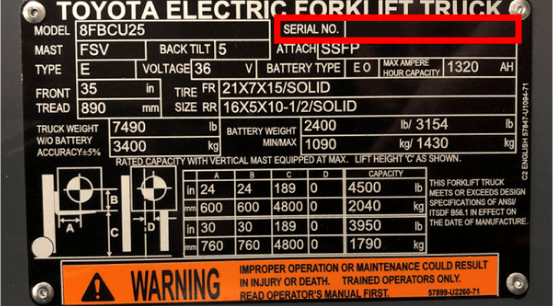Please click below to sign in to your MyToyota account
Which Pallet Racking System is Best for Your Expansion?

Choosing the Right Racking System
As your business grows, expanding your current warehouse or building a new one becomes essential. This exciting milestone brings the challenge of choosing the right pallet racking system. A pallet racking system is a material storage solution that keeps your warehouse organized and improves inventory management. Selecting the ideal pallet racking isn’t just about picking a brand and installing it; there are various racking types to consider, each suited to different needs. The best racking system for your business depends on several key criteria:
- How tall the racking needs to be
- What goods will be stored
- What the floor plan will be
- What type of inventory management system makes sense for your product and operation
- What types of forklifts you currently use or forklifts you intend to switch to
What are Selective Racking Systems?
Selective pallet racking typically features a single-deep pallet rack design, allowing easy access to any pallet without moving others. This racking system is one of the most common and widely used due to its cost-effectiveness and ease of installation compared to more specialized systems. Selective racking is ideal for warehouses that store a high volume of stock-keeping units (SKUs).
Types Of Pallet Racking: Cantilever Racking
Cantilever racking systems are ideal for storing items that don’t fit easily on pallets, such as lumber or steel pipes. Warehouses utilizing cantilever racks typically store longer and heavier items horizontally across multiple arms. Unlike pallet racking, which features vertical uprights that limit the length of stored items, cantilever racking provides unrestricted length capacity. This key difference makes cantilever racking perfect for managing bulky and oversized inventory in your warehouse.
Types Of Pallet Racking: Pallet Flow Racking
Pallet flow racking systems are also referred to as “gravity flow” racking systems. Pallet flow racking systems are best suited for the first-in, first-out (FIFO) inventory management methodology. When you load a pallet from the loading aisle and onto the lane rollers, gravity allows the pallet to roll to the front of the system. When the pallet is removed from the front of the racking system, the pallets behind roll to the front of the lane. Pallet flow racking allows for high-density storage while maintaining FIFO. Some pallet flow racking systems may hold up to 20 pallets deep in one lane, minimizing the number of aisles needed to store items while maintaining efficient inventory turnover.
Types Of Pallet Racking: Push Back Racking
Push-back racking systems are another high-density storage option, with the ability to store up to six pallets deep on either side of an aisle. There are usually three carts stacked on top of each other. The first pallet is loaded from the front in a push-back racking system and sits on the top cart. When the second pallet is loaded, it pushes the top cart with the first pallet back.
Pushback racking offers higher-density storage compared to selective racking systems while maintaining greater selectivity than other racking types. This design allows you to store more SKUs efficiently, making it an excellent choice for warehouses needing a balance between storage capacity and accessibility.
Types Of Pallet Racking: Drive-In Racking
Drive-In racking systems are great for storing large volumes of just a few SKUs and can also be configured to manage inventory with FIFO or last-in, first-out (LIFO). With drive-in racking, the forklift literally drives into the racking system to move a pallet. This type of pallet racking system is cost-effective by maximizing the amount of storage space in your warehouse.
Choosing between different types of racking systems depends on your operational goals and relevant inventory data, such as volume and throughput. Whether you opt for selective, cantilever, or push-back racking, it’s crucial to ensure that your chosen system is installed safely and effectively to maximize productivity.
Enhance your warehouse efficiency today! Contact your local Toyota dealer to find the perfect racking solution for your needs.





